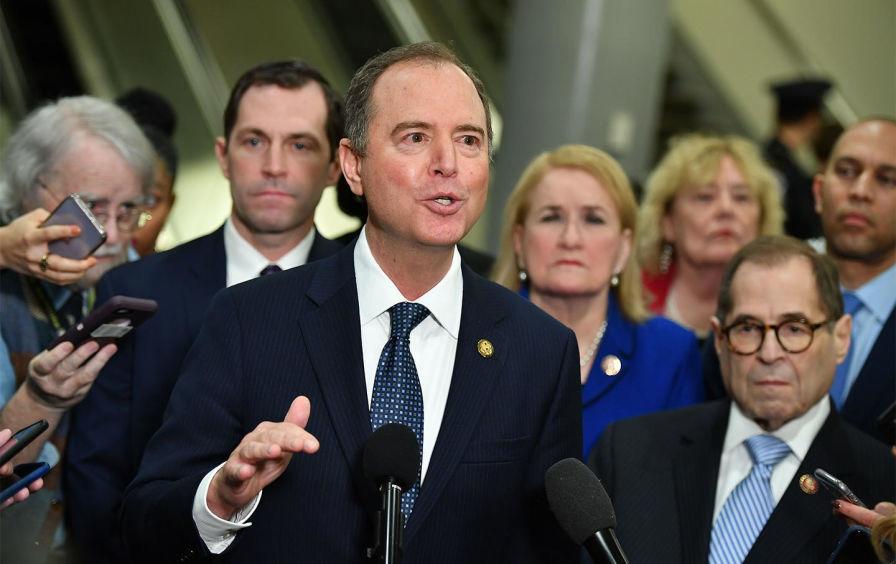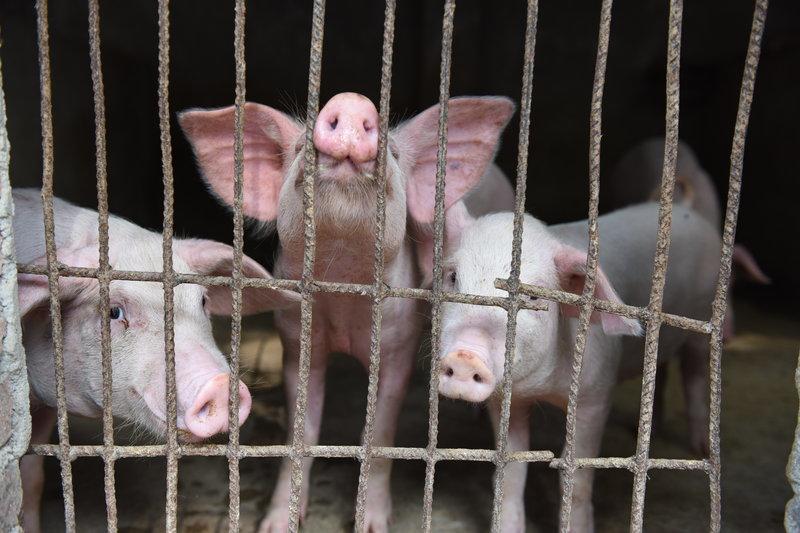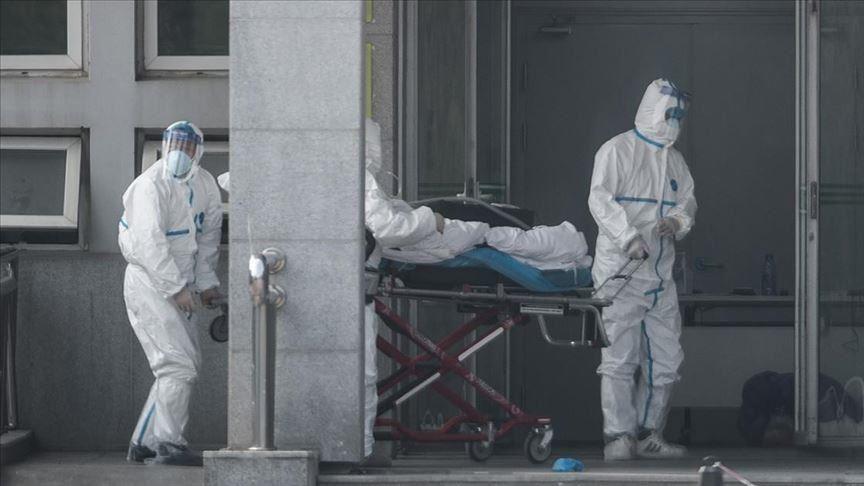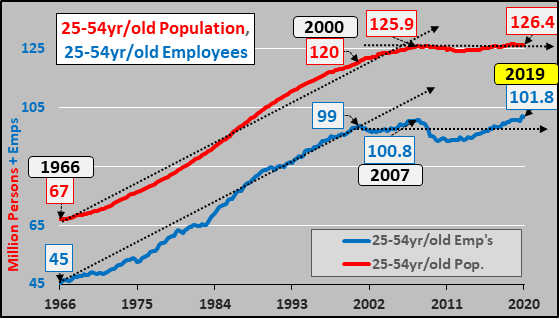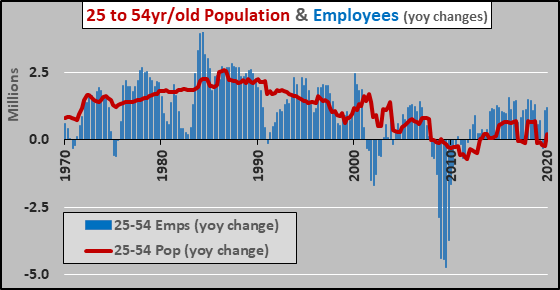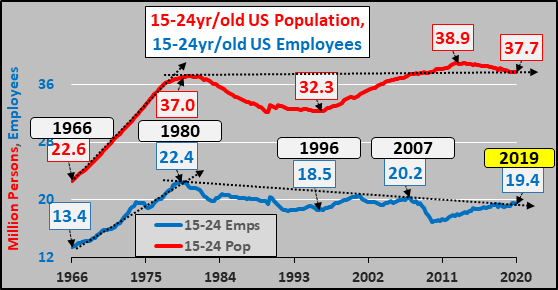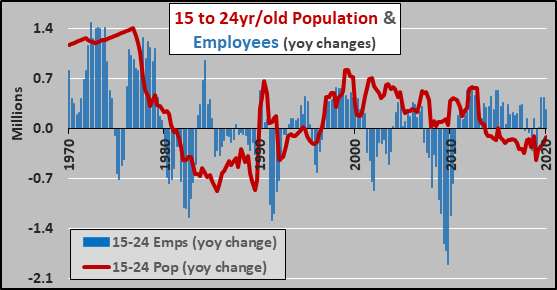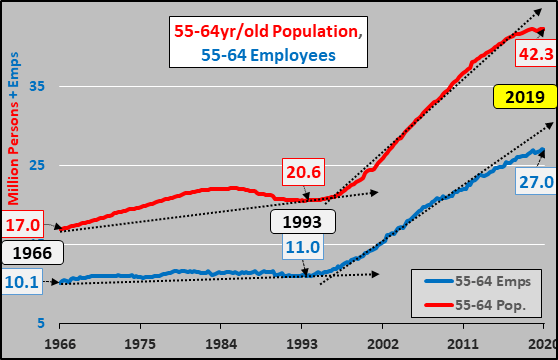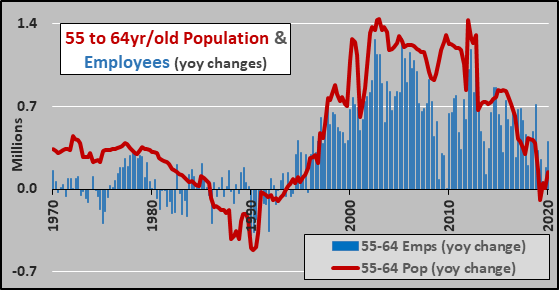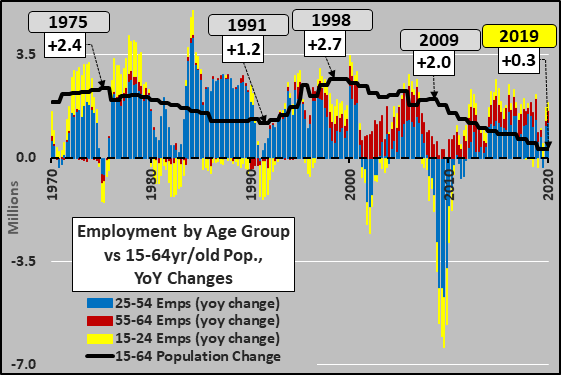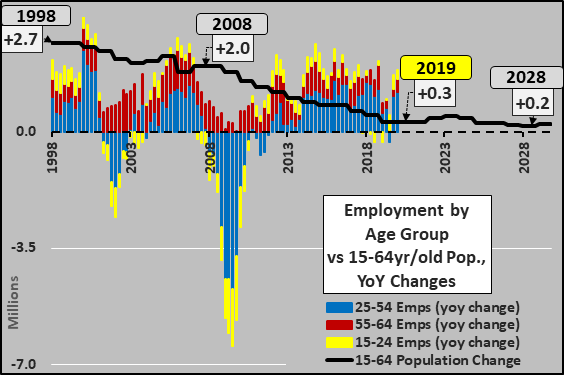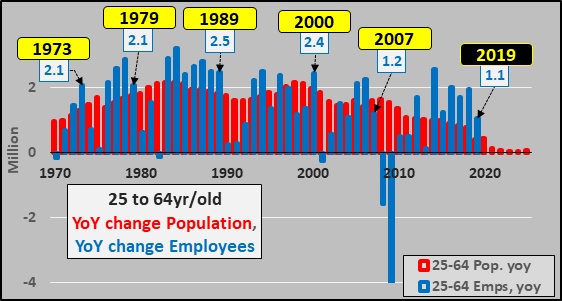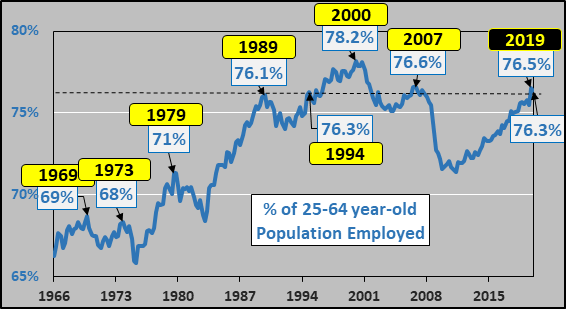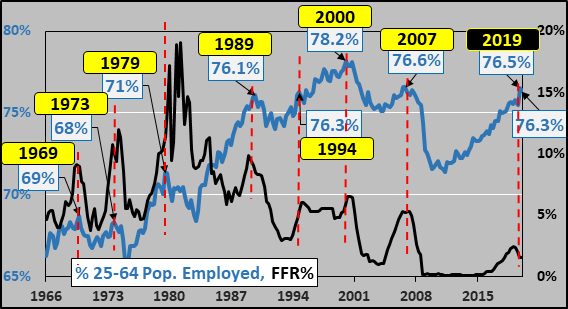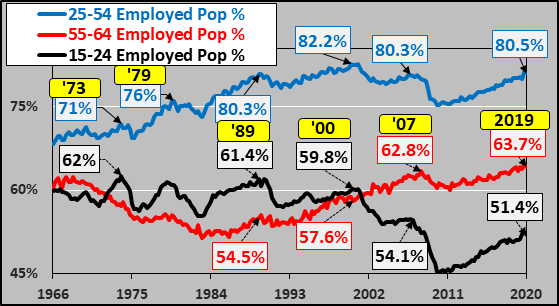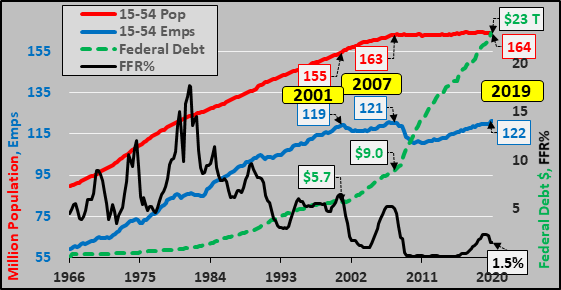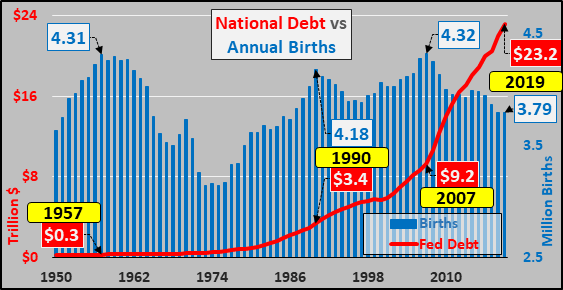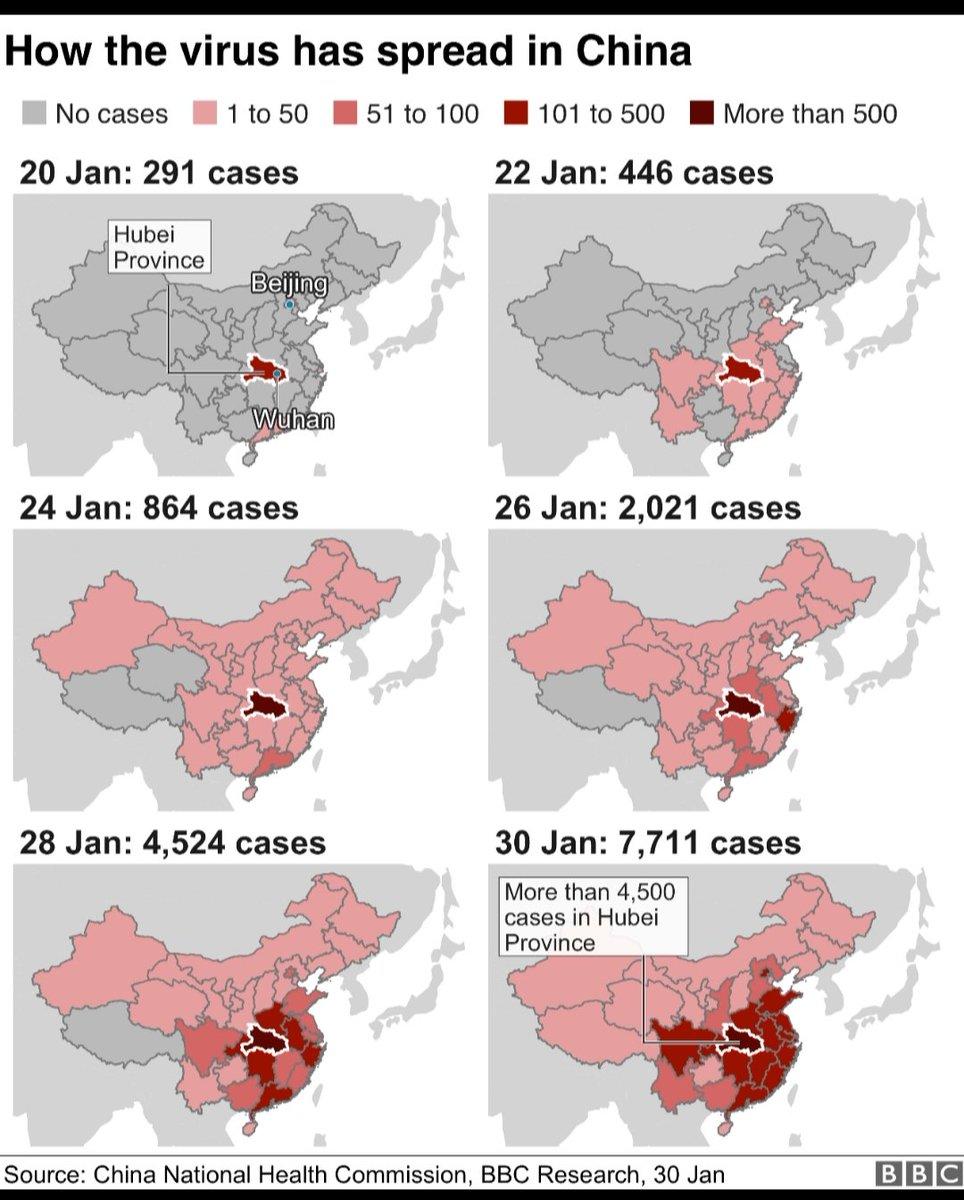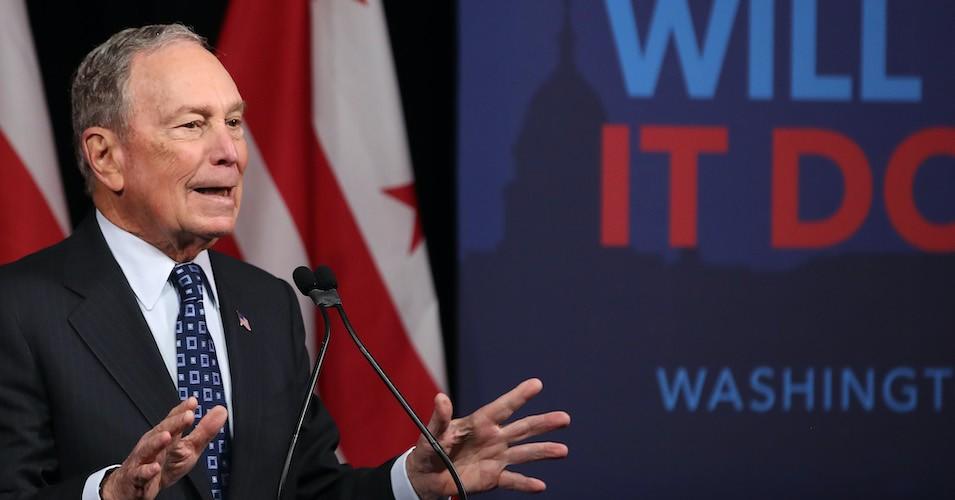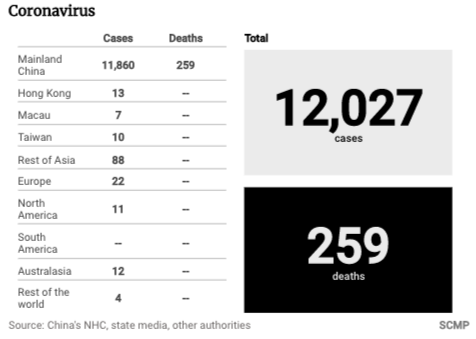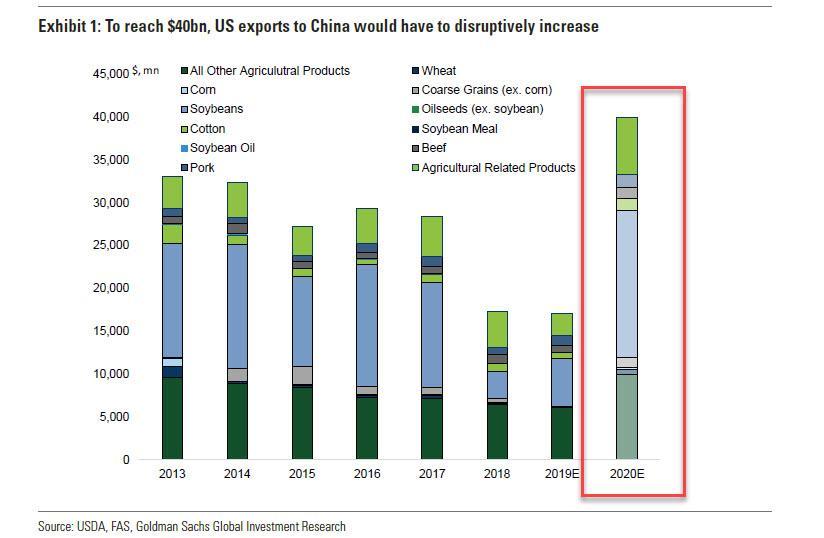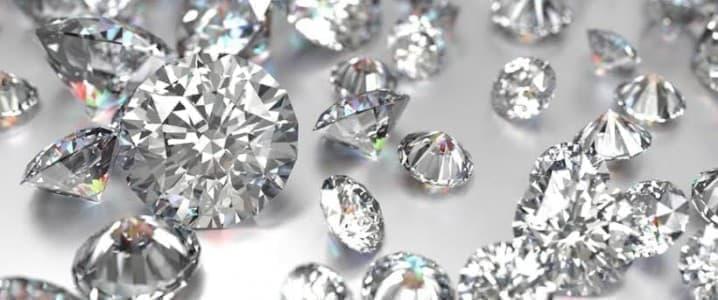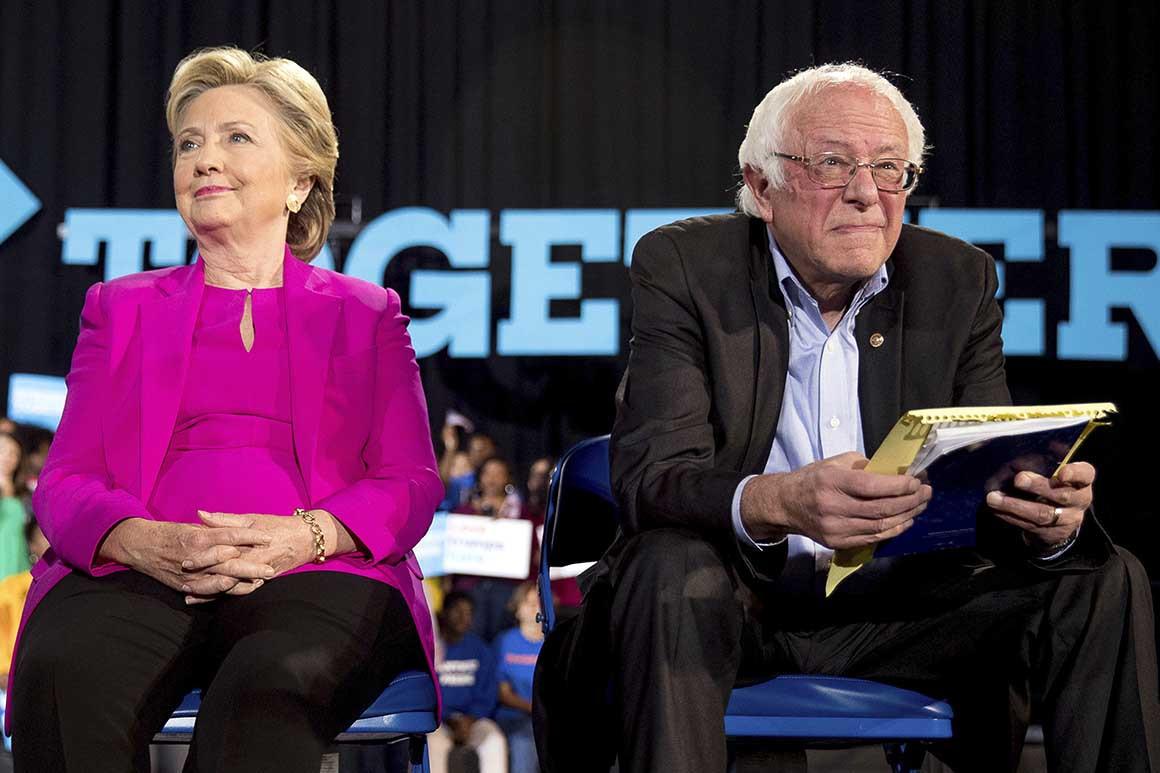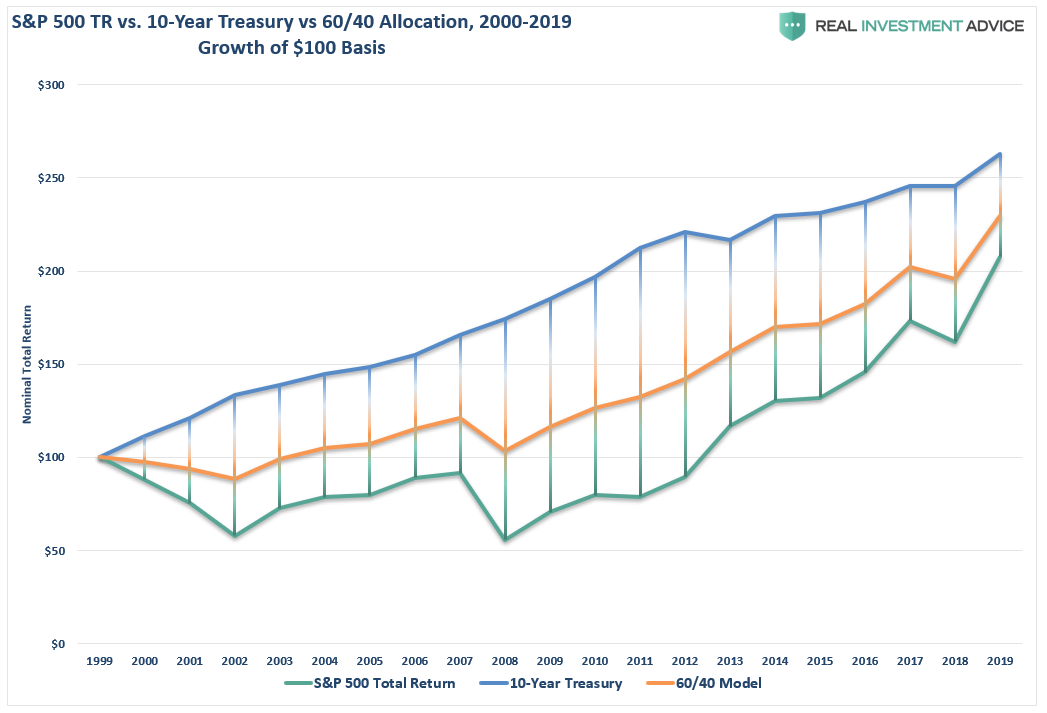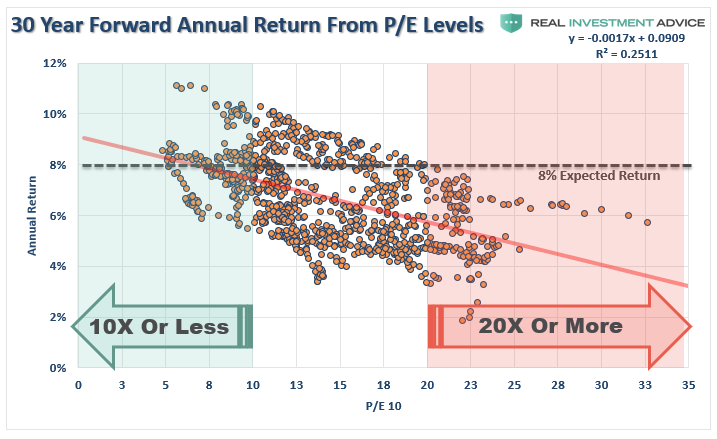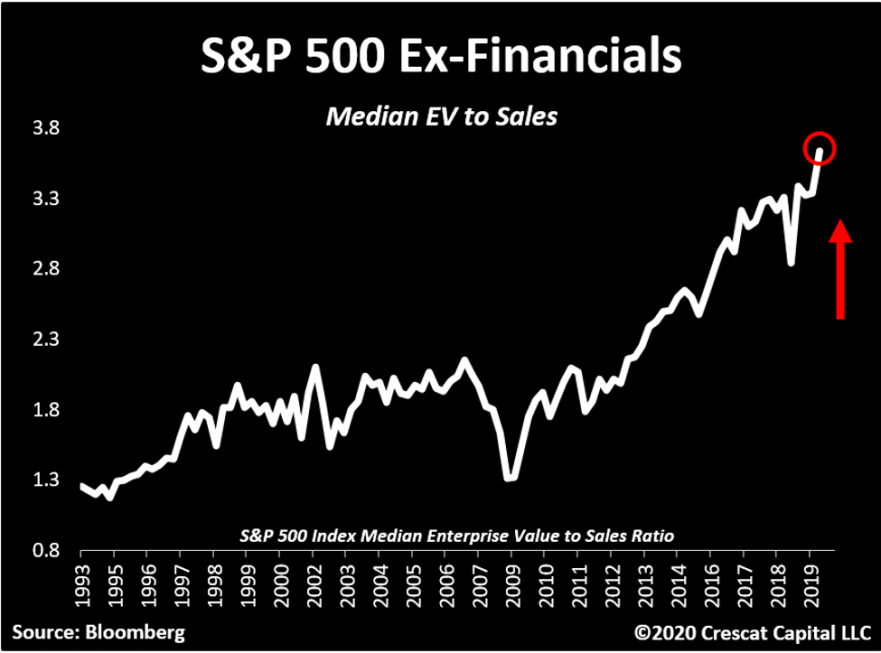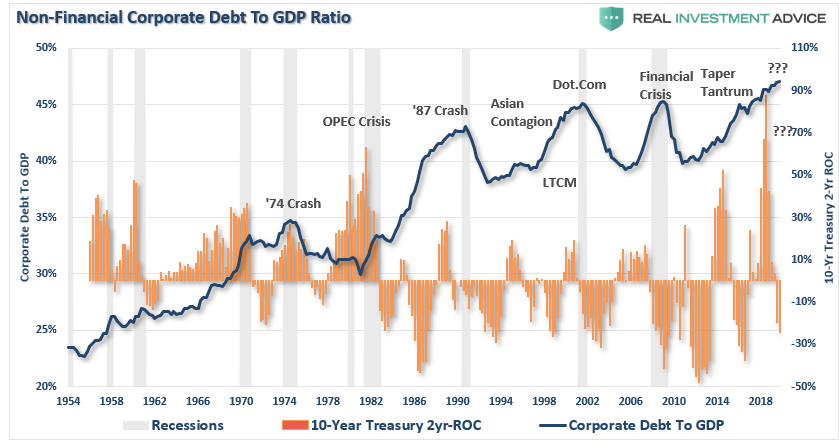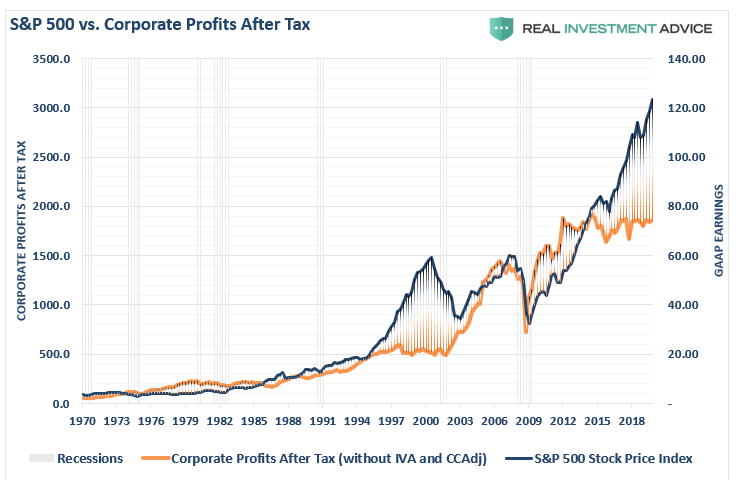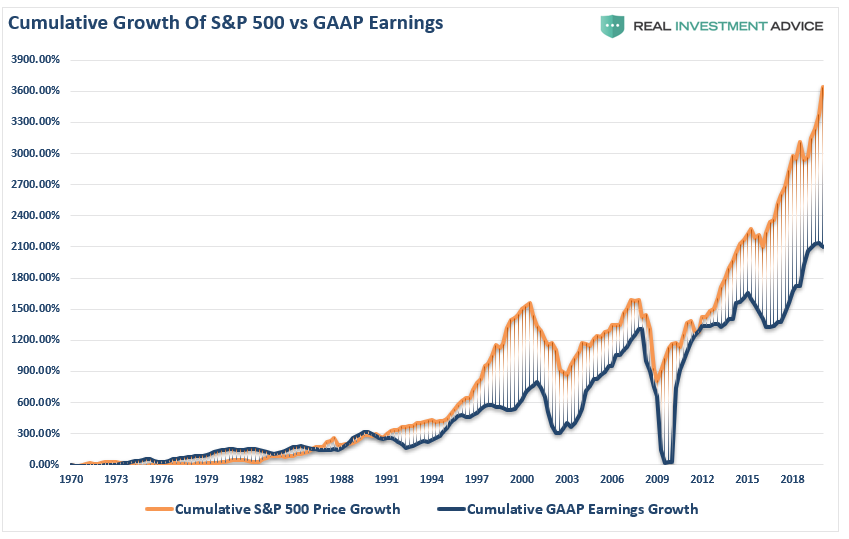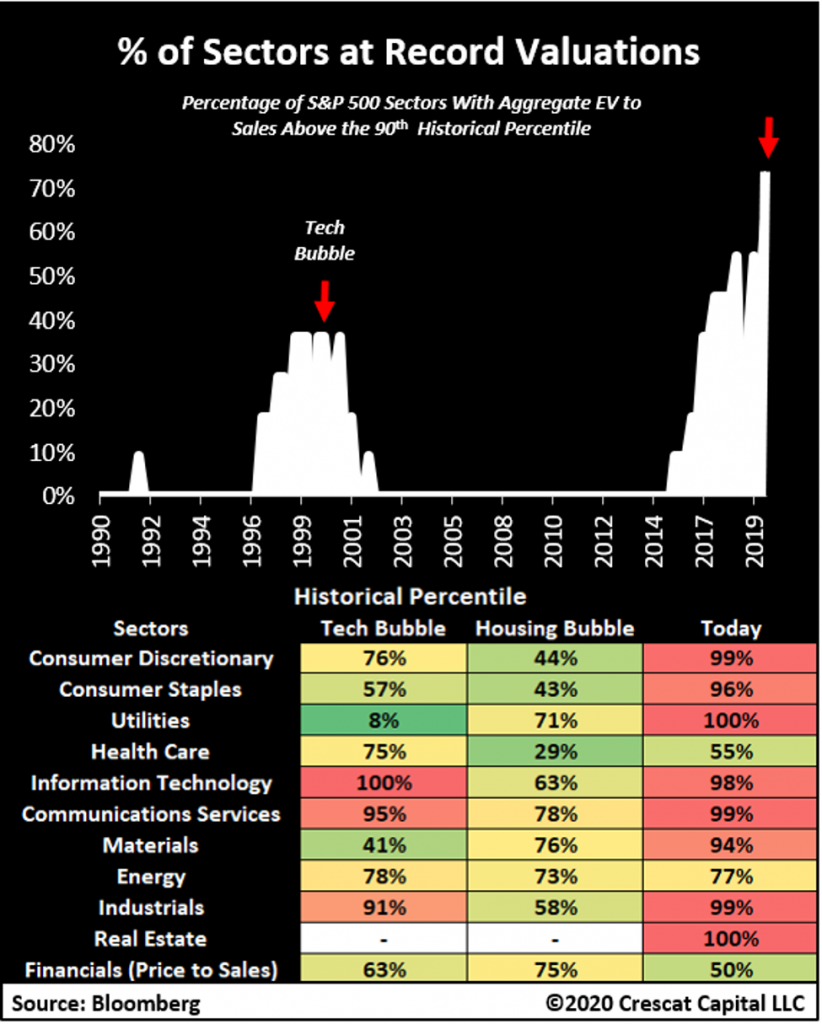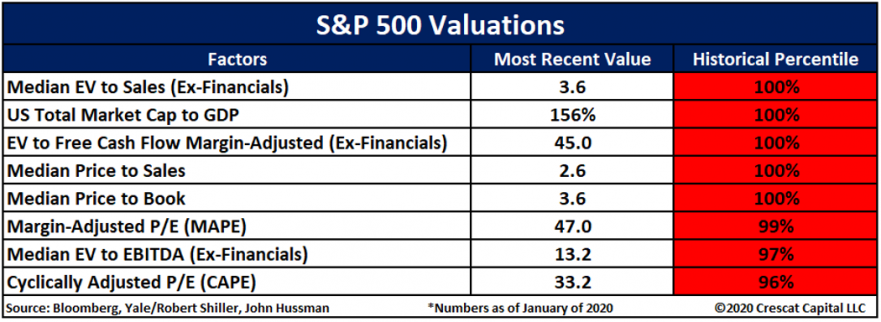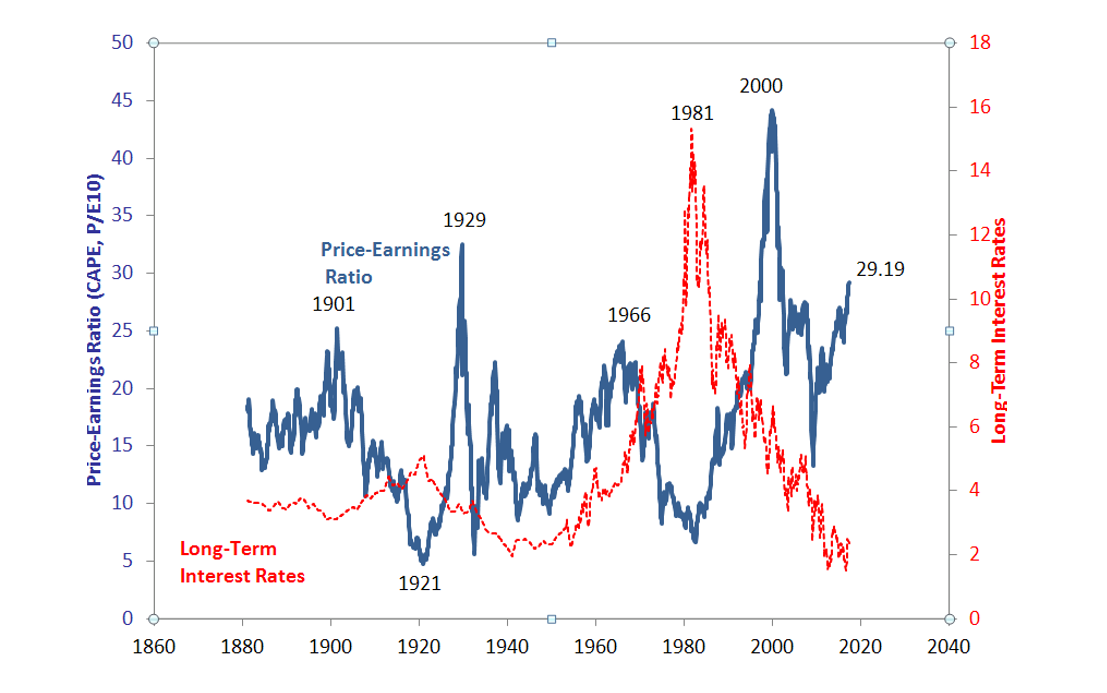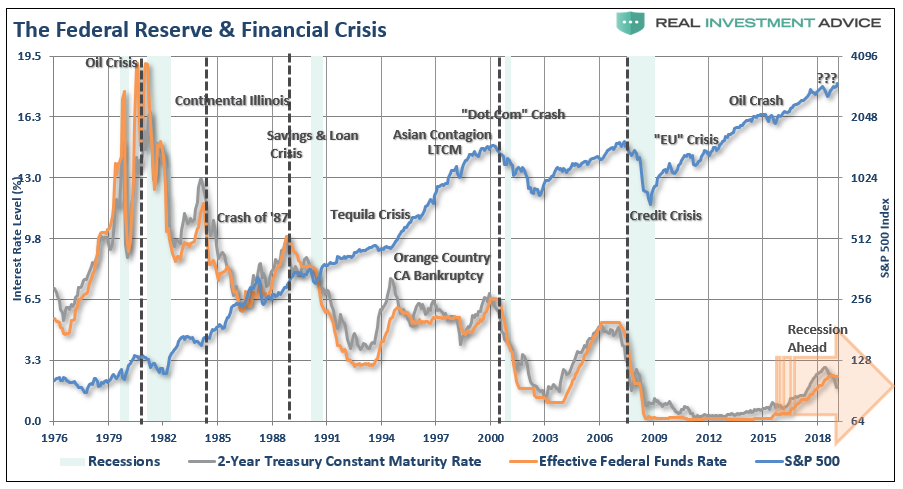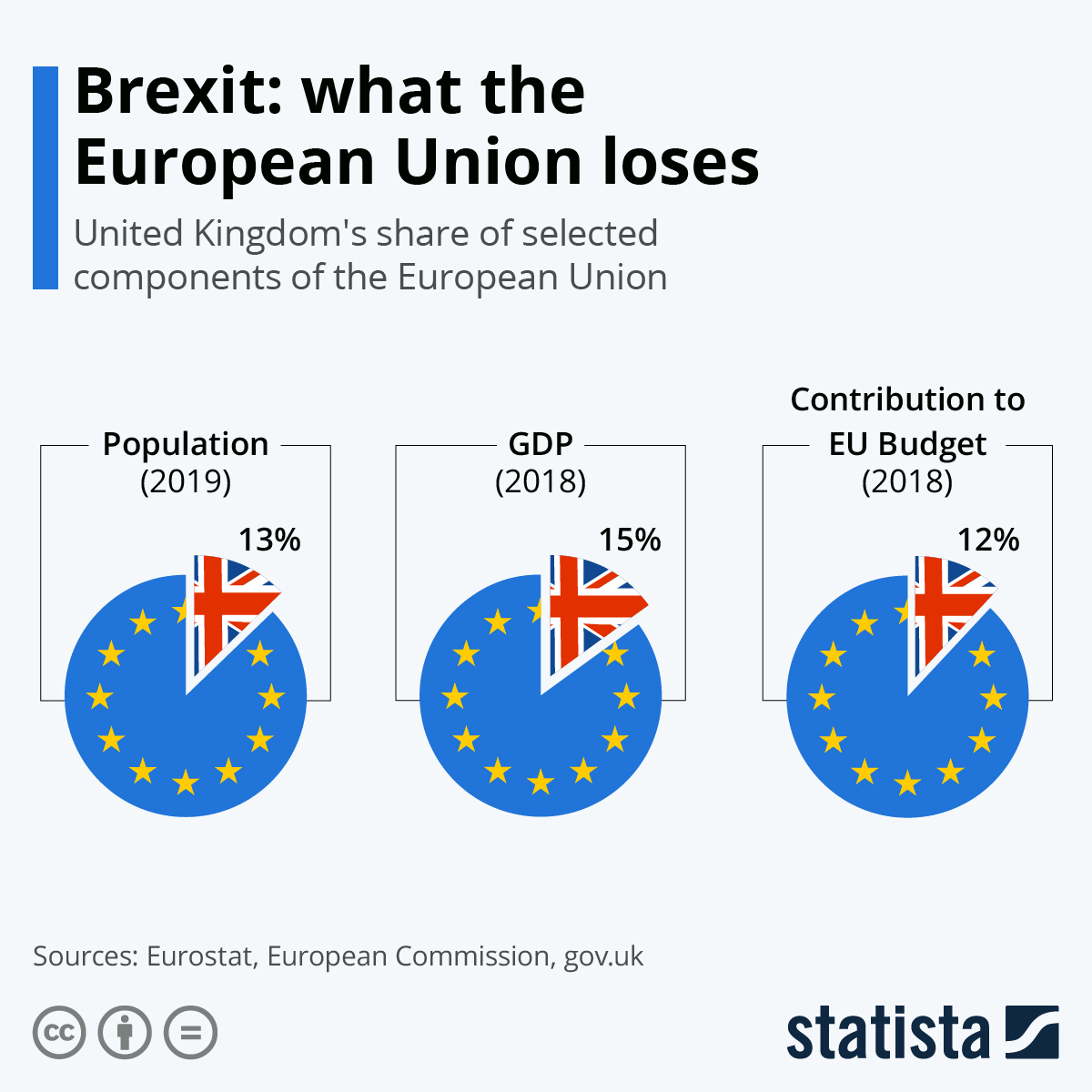Democrats Need To Break Their Cold War–Addled Impeachment Fever
Authored by Aaron Maté via The Nation,
When liberals start rallying around John Bolton, you know something is off…
Donald Trump’s far-right administration is one of the most dangerous in US history, which makes the disappointment over the imminent failure of his impeachment case understandable. But the impeachment proceedings never challenged what actually makes the Trump White House so fraught. In adopting hawkish Cold War chauvinism toward Russia, Democratic House impeachment managers embraced rather than opposed a perilous right-wing agenda. They did this while presenting a weak, overblown, and hypocritical case that posed no threat to Trump.
The holes in the Democrats’ impeachment case were apparent from the start, and the House proceedings and Senate trial brought them to the fore. The lone witness who communicated with Trump about the frozen military funding to Ukraine—and, even more crucially, the only Trump official thought to have relayed a quid pro quo to the Ukrainian side—is EU Ambassador Gordon Sondland. But Sondland testified that the link between aid and the opening of investigations was only his “presumption” and that he had communicated this presumption only in passing. Ukrainian officials, including President Volodymyr Zelensky, Foreign Minister Vadym Prystaiko, and Zelensky aide Andriy Yermak, have all said that they saw no ties between the frozen funding and pressure to open investigations.
In the face of rejections by top Ukrainian officials of his core allegation, Schiff has mischaracterized the available evidence and engaged in supposition. Sondland, according to Schiff’s account, told Yermak, “You ain’t getting the money until you do the investigations.” But both Sondland and Yermak offer a radically different account. According to Sondland, he told Yermak in “a very, very brief pull-aside conversation,” that he “didn’t know exactly why” the military funding was held up, and that its linkage to opening an investigation was only his “personal presumption” in the absence of an explanation from Trump. Yermak does not even recall the issue of the frozen aid being mentioned.
To overcome that, Schiff has gone to the extraordinary step of arguing that it’s not just Sondland who is lying but the Ukrainians as well. “Like they’re going to admit they were being shaken down by the president of the United States,” Schiff told the proceedings.
Sure, that’s one possibility, but it is also wildly speculative.
Ukrainian officials say they did not learn about the weapons freeze until it was publicly reported more than one month after the Trump-Zelensky call. And even after they did find out, and even voiced concerns to their US counterparts, there is no record of any complaints about the alleged linkage. As Democratic Senator Chris Murphy recalled of a meeting with Zelensky in early September—after the funding freeze became known—the Ukrainian president “did not make any connection between the aid that had been cut off and the requests that he was getting from [Trump attorney Rudy] Giuliani.”
House impeachment managers have not overcome this evidentiary flaw. They have tried to claim that the White House effectively admitted to their allegation in an October 2019 news conference by acting White House Chief of Staff Mick Mulvaney. But as I detailed back when Mulvaney’s comments initially caused a stir, Democrats and media outlets pundits rendered them as damning by isolating one fragment and ignoring the bulk of what Mulvaney said.
The absence of concrete evidence explains the last-minute excitement over compelling the potential testimony of another Trump administration official, former national security adviser John Bolton. A New York Times report about Bolton’s forthcoming memoir led to declarations that Bolton confirmed the quid pro quo allegation at the heart of the impeachment trial. As in other cases, that is based on a mistaken and maximalist interpretation of the available facts. The Times did not quote from Bolton’s manuscript. In its characterization of what Bolton wrote, the Times reports that Bolton said Trump “preferred sending no assistance to Ukraine until officials had turned over all materials they had about the Russia investigation that related to Mr. Biden and supporters of Mrs. Clinton in Ukraine” (emphasis mine).
If this account is accurate, then Bolton is not confirming that Trump conditioned military assistance to Ukraine’s announcement of an investigation into Joe Biden and his son. Instead, Bolton is relaying that Trump “preferred” that Ukraine assist efforts to uncover the extent of Ukrainian meddling to hurt Trump’s campaign and help Democrats in 2016 – meddling that did in fact happen. Recall that Trump is not on trial for preferring that Ukraine hand “over all materials they had about the Russia investigation,” but for pressuring Ukraine to announce an investigation of Trump’s political rival.
The faulty interpretation of available evidence has been accompanied by hyperbole, fearmongering, and militaristic chauvinism.
“The president’s misconduct cannot be decided at the ballot box,” Schiff declared in his opening arguments.
“For we cannot be assured that the vote will be fairly won.”
Even if every allegation against Trump were proven correct, this is a ridiculous statement. Suppose Ukraine had announced an investigation of Burisma, the gas company where Hunter Biden obtained his lucrative board seat, as well as of Ukrainian meddling in 2016. Does anyone believe that such an announcement from Kiev would somehow undermine the fairness of the 2020 US election?
We already have precedents to test Schiff’s scenario. In December 2018, a Ukrainian court ruled that Ukrainian officials had illegally interfered in the 2016 US election when they leaked documents purporting to show illegal payments to Paul Manafort. The ruling made headlines in several US outlets, but beyond that, the response was null. If Ukraine were to now announce a follow-up investigation of Burisma and 2016, it is reasonable to expect that some outlets would report on it, but absurd to suggest it would mean that the 2020 election could not “be fairly won.”
In 2016, the Clinton campaign paid a former British spy to dig up dirt on Trump from foreign sources, including Russians. That solicitation of foreign interference was massively consequential, fueling three years of all-consuming innuendo and serving as the basis for an FBI surveillance warrant on a member of Trump’s campaign. Had Clinton won, would that have undermined the legitimacy of her victory or been impeachable?
The Democrats have delivered an underwhelming answer. On Thursday night, House impeachment manager Hakeem Jeffries said that the two incidents are not analogous, because in Clinton’s case the Steele dossier “was purchased.”
Far more worrying rhetoric comes in Schiff and company’s repeated invocations of Russia. They have argued throughout the trial that Trump’s pause on military funding for Ukraine “put our national security at risk,” because “the United States aids Ukraine and her people so that we can fight Russia over there so we don’t have to fight Russia here.” US hawks from the Johnson administration in Vietnam to the Bush administration in Iraq have used the same language. It’s not a serious argument: Trump’s predecessor, Barack Obama, refused to send that same military funding at all. By Schiff’s logic, Obama is guilty of an even more egregious offense.
The very fact that such militarist chauvinism is being adopted by the leadership of the Democratic Party is far more dangerous than anything they have accused Trump of in this impeachment trial. Rather than alleging that Trump has been insufficiently confrontational toward Russia, Democrats should be working to stop Trump policies that have increased tensions with the world’s other top nuclear power.
The dangers of warmongering toward Russia were underscored on the second day of the Democrats’ arguments. Just blocks away from the Capitol, the Bulletin of Atomic Scientists announced that it had moved its Doomsday Clock t0 100 seconds before midnight, the closest it’s been since 1953. The Trump administration’s nixing of the INF treaty and its signaling that it won’t renew the last treaty limiting nuclear weapons, New START, were cited as major reasons. Under Trump, the Bulletin noted, “the United States has adopted a bullying and derisive tone toward its Chinese and Russian competitors.” There is no hope of reversing this existential threat so long as Trump’s political opposition is adopting a tone toward Russia that is just as bullying and derisive.
We might also consider what hopes Democrats have of defeating Trump so long as their prevailing tone through Trump’s entire first term continues unchanged. The self-reflection that should have resulted from losing to him in 2016 has been replaced by an obsession with blaming Russia and demonizing it in the process. Democrats have also chosen to prioritize two scandals that highlight corruption and elitism in their top ranks. The stolen Democratic Party e-mails at the heart of Russiagate exposed a bias against Bernie Sanders and a preference for the neoliberal, militarist policies he opposes; and the allegedly sought-after investigation at the heart of Ukrainegate centered on an unqualified son receiving a lucrative gas company board seat in Ukraine while his vice president father was supposedly battling corruption there.
In the process, voters have seen a party that fights harder for the pride and privilege of its establishment candidates than it does for working people. The devotion to centering intra-elite drama has gotten so extreme that it has meant bigger liberal rallies to save Jeff Sessions’s job than to save the Iran nuclear deal. Now, liberal energy is being poured into an even more reactionary, right-wing figure who has been deemed a potential savior: John Bolton. If that is not a wake-up call, it is hard to think of what is. Rather than mourn the loss of a drawn-out impeachment trial, Democrats might wish to recall the failed results of their last drawn-out fixation, Russiagate, and break their Cold War–addled impeachment fever.
Tyler Durden
Sat, 02/01/2020 – 13:55
via ZeroHedge News https://ift.tt/31eQz4U Tyler Durden
